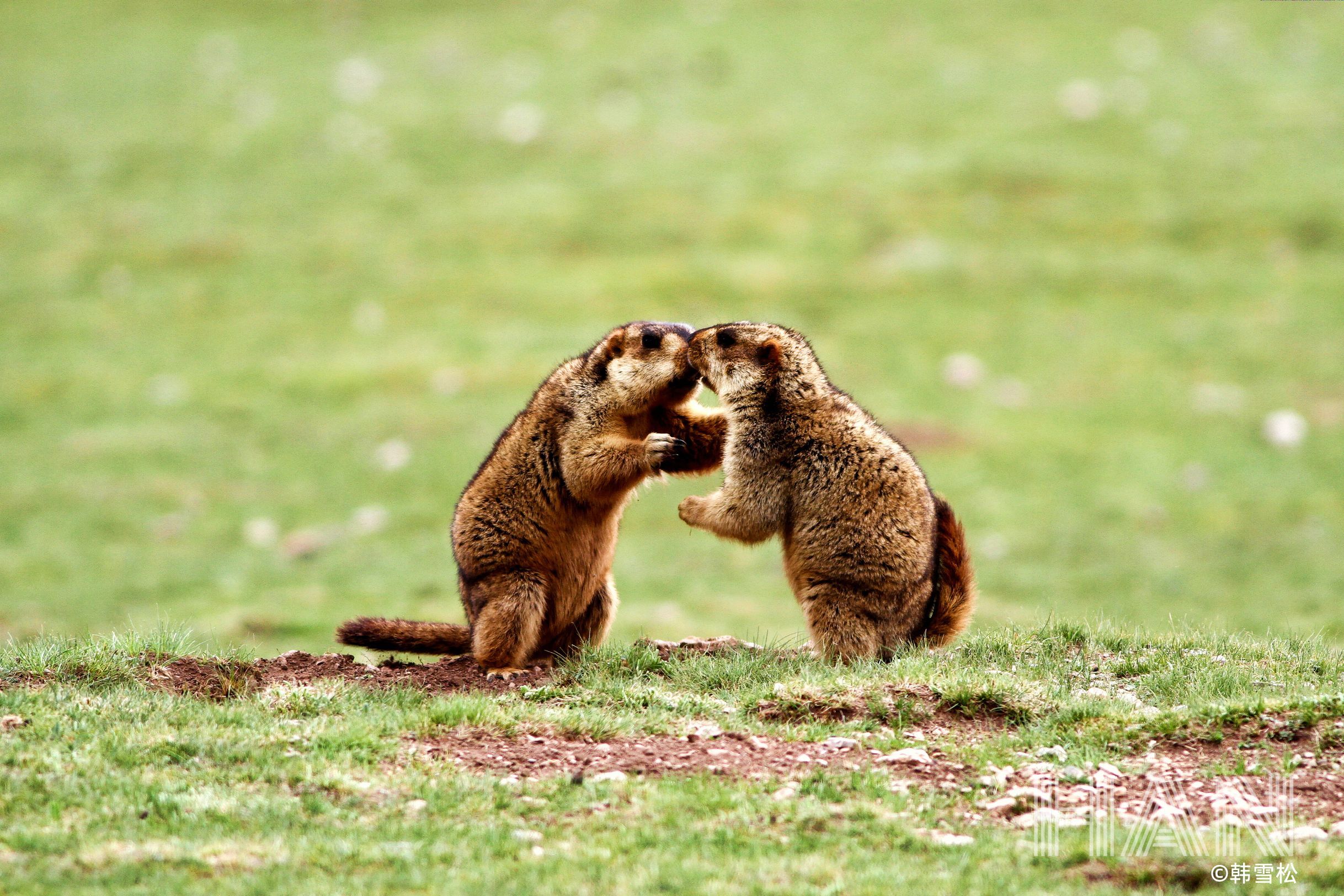

新冠肺炎时期公众对野生动物消费和贸易意愿的调查
收稿日期: 2020-04-01
录用日期: 2020-06-08
网络出版日期: 2020-06-19
Public perception of wildlife consumption and trade during the COVID-19 outbreak
Received date: 2020-04-01
Accepted date: 2020-06-08
Online published: 2020-06-19
新冠肺炎疫情的暴发, 使得对野生动物的消费与贸易中的公共健康安全问题引起广泛关注。为了给相关的立法和政策制定提供参考, 我们通过网络对于全国及部分海外华人发放问卷进行了调查, 共收回74,040份有效问卷。根据问卷调查结果, 本文对普通公众对于野生动物消费和贸易立法意愿及影响因素进行了分析。研究结果包括: (1)公众对全面取缔野味餐馆和集市、禁止消费野味、禁止野生动物及其制品的买卖以及禁止野生动物商业性活体展演的立法动议持赞成态度的比例均超过90%; (2)现有野生动物消费群体经历新冠肺炎疫情后倾向于停止消费行为; (3)曾经消费野生动物或周围有人从事野生动物相关产业的群体相比其他人群更有可能不支持全面禁止对野生动物的消费和贸易。结果表明, 全国人民代表大会常务委员会禁食野生动物的决定和修改野生动物保护法的动议在受高等教育者和城镇居民中有良好的公众基础。

史湘莹 , 张晓川 , 肖凌云 , 李彬彬 , 刘金梅 , 杨方义 , 赵翔 , 程琛 , 吕植 . 新冠肺炎时期公众对野生动物消费和贸易意愿的调查[J]. 生物多样性, 2020 , 28(5) : 630 -643 . DOI: 10.17520/biods.2020134
The COVID-19 pandemic has drawn great attention to the potential public health risks associated with the consumption and trade of wildlife. To inform legislative revision and policy changes, we conducted a web-based survey of the general public, attracting 74,040 responses. The survey examined public support for revising legislation and policy related to wildlife consumption and trade management. The results and analysis revealed: (1) The overwhelming majority (> 90%) of constituents supported more stringent policy and legislation on wildlife consumption, trade, and commercial exhibitions. (2) The consumption of wildlife is likely to fall due to COVID-19. (3) People that engaged either directly or indirectly in wildlife-related industries showed less support for more stringent policy and legislation on wildlife consumption and trade. Based on these results and concerns for public health security, a ban on wildlife consumption and revised legislation by the Standing Committee of the National People’s Congress was widely supported, particularly among educated, urban respondents.

| [1] | Cronbach LJ (1951) Coefficient alpha and the internal structure of tests. Psychometrika, 16, 297-334. |
| [2] | Cronbach LJ, Shavelson RJ (2004) My current thoughts on coefficient alpha and successor procedures. Educational and Psychological Measurement, 64, 391-418. |
| [3] | Hufnagel L, Brockmann D, Geisel T (2004) Forecast and control of epidemics in a globalized world. Proceedings of the National Academy of Sciences, USA, 101, 15124-15129. |
| [4] | Ji W, Wang W, Zhao X, Zai J, Li X (2020) Cross‐species transmission of the newly identified coronavirus 2019‐nCoV. Journal of Medical Virology, 92, 433-440. |
| [5] | Jones KE, Patel NG, Levy MA, Storeygard A, Balk D, Gittleman JL, Daszak P (2008) Global trends in emerging infectious diseases. Nature, 451, 990-993. |
| [6] | Karesh WB, Cook RA, Bennett EL, Newcomb J (2005) Wildlife trade and global disease emergence. Emerging Infectious Diseases, 11, 1000. |
| [7] | Karesh WB, Cook RA, Gilbert M, Newcomb J (2007) Implications of wildlife trade on the movement of avian influenza and other infectious diseases. Journal of Wildlife Diseases, 43(Suppl. 3), S55. |
| [8] | Lam TT, Shum MH, Zhu HC, Tong YG, Ni XB, Liao YS, Wei W, Cheung WY, Li WJ, Li LF, Leung GM (2020) Identifying SARS-CoV-2 related coronaviruses in Malayan pangolins. Nature, 583, 282-285. |
| [9] | Liu Z, Xiao X, Wei X, Li J, Yang J, Tan H, Zhu J, Zhang Q, Wu J, Liu L (2020) Composition and divergence of coronavirus spike proteins and host ACE2 receptors predict potential intermediate hosts of SARS‐CoV‐2. Journal of Medical Virology, 92, 595-601. |
| [10] | Marta-Pedroso C, Freitas H, Domingos T (2007) Testing for the survey mode effect on contingent valuation data quality: A case study of web based versus in-person interviews. Ecological Economics, 62, 388-398. |
| [11] | National Statistic Administration (2011) 2010 China’s Sixth National Population Census data report (No.1). China Journal of Family Planning, 19(8), 65-66. (in Chinese ) |
| [11] | [ 中华人民共和国国家统计局 (2011) 2010年第六次全国人口普查主要数据公报(第1号). 中国计划生育学杂志, 19(8), 65-66.] |
| [12] | Qin C (2008) The animals and emerging infectious diseases. Laboratory Animal and Comparative Medicine, 28(3), 133-137. (in Chinese with English abstract ) |
| [12] | [ 秦川 (2008) 动物与新发传染病. 实验动物与比较医学, 28(3), 133-137.] |
| [13] | Swift L, Hunter PR, Lees AC, Bell DJ (2007) Wildlife trade and the emergence of infectious diseases. EcoHealth, 4, 25. |
| [14] | Wang LS, Wang YR, Ye DW, Liu QQ (2020) A review of the 2019 Novel Coronavirus (COVID-19) based on current evidence. International Journal of Antimicrobial Agents, 55, 105948. |
| [15] | White PC, Jennings NV, Renwick AR, Barker NH (2005) Questionnaires in ecology: A review of past use and recommendations for best practice. Journal of Applied Ecology, 42, 421-430. |
| [16] | Zeng Y, Ping XG, Wei FW (2020) A conceptual framework and definitions for the term “wild animal”. Biodiversity Science, 28, 541-549. (in Chinese with English abstract ) |
| [16] | [ 曾岩, 平晓鸽, 魏辅文 (2020) “野生动物”的概念框架和术语定义. 生物多样性, 28, 541-549.] |
| [17] | Zeng Y, Vaupel JW, Xiao Z, Zhang C, Liu Y (2001) The healthy longevity survey and the active life expectancy of the oldest old in China. Population: An English Selection, 13(1), 95-116. |
| [18] | Zhang JS, Liang B, Zhang SY (2003) Zoonosis based on wildlife and human: Elementary introduction. Chinese Journal of Zoology, 38(4), 123-127. (in Chinese with English abstract ) |
| [18] | [ 张劲硕, 梁冰, 张树义 (2003) 浅议野生动物与人类共患疾病. 动物学杂志, 38(4), 123-127.] |
| [19] | Zhang T, Wu Q, Zhang Z (2020) Probable pangolin origin of SARS-CoV-2 associated with the COVID-19 outbreak. Current Biology, 30, 1078. |
| [20] | Zhou P, Yang XL, Wang XG, Hu B, Zhang L, Zhang W, Si HR, Zhu Y, Li B, Huang CL, Chen HD (2020) A pneumonia outbreak associated with a new coronavirus of probable bat origin. Nature, 579, 270-273. |
| [21] | Zhou ZH, Jiang ZG (2004) Definition and extension of the concepts “wildlife”, “wild fauna and flora” and “wild origin”. Acta Ecologica Sinica, 24, 302-307. (in Chinese with English abstract ) |
| [21] | [ 周志华, 蒋志刚 (2004) 野生生物, 野生动植物和野生来源的定义及范畴. 生态学报, 24, 302-307.] |
/
| 〈 |
|
〉 |